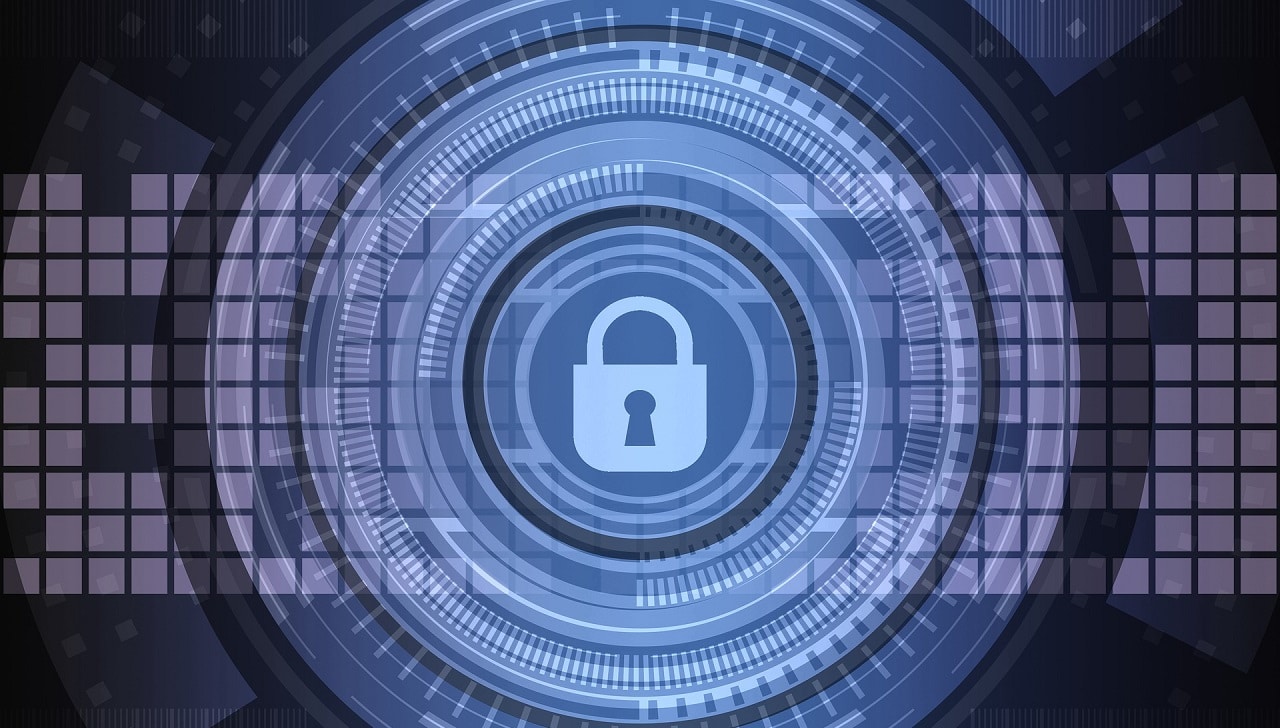2021 was not alone the year of ransomware (again) or attacks on the public administration and health facilities: in the past year we have in fact witnessed important innovations in the field of cybersecurity, such as the adoption ofauthentication without password, together with a massive capillarization of IT defenses to cope with theincrease in smart working.
So what to expect in 2022? In the world of cybersecurity, time is of the essence and both companies and individuals must be informed and act promptly to mitigate the risks of cyber attacks.
For this reason, Panda Security has analyzed the data of the last few months and identified the 6 trends that will characterize 2022.
After the Pegasus spyware case, it cannot be ignored that government control over private communications has gone digital. Can we consider end-to-end encryption sufficient? The forecast is that in 2022 we will witness more and more cases of cyber espionage by government agencies via so-called ethical hackers. For now, the reaction of public opinion and the legal consequences have been quite limited but in the future everything could change.
While multimillionaires vied to see who would arrive first in space, aerospace exploration enjoyed renewed interest and capital injections, while exposing the industry to less stringent controls and attracting the attention of cybercriminals.
The challenge of throwing a hacker attack against a satellite or an aerospace mission it is very tempting and for this reason it is possible to imagine that in 2022 we will see attempts (hopefully ineffective) to overcome the cyber defenses of private and public companies in the sector.
Smishing is the phishing via SMS. In recent times it has come back to the fore because people have understood the danger of SMS sent by strangers and have started to distrust it, so cybercriminals have started moving to other platforms, such as WhatsApp and Telegram.
Panda Security expects a increase in smishing on instant messaging apps and online collaboration. Another cause of this phenomenon is the increase in smart working, due to which employees use multiple channels to communicate, in an unsafe way and spending little time checking the reliability of messages and sources.
With Windows Hello, Microsoft has finally taken the definitive step towards a passwordless approach to security; this step, based on the data processed by Panda and the trends in the sector, seems an effective idea, but only if accompanied by another authentication method. The technological abilities of cybercriminals are constantly evolving and although biometric authentication or single-use codes is very secure, they will sooner or later break them. For this, a progressive abandonment of passwords and, in parallel, the consolidation of 2-factor authentication.
A novelty of the last few years are cybersecurity insurance for companies, which are spreading more and more due to theincrease in ransomware attacks. For the third consecutive year, the insurance agencies covering this sector have reported more losses than gains (and this already should be enough to make us reflect on the extent of the ransomware phenomenon). For this reason, it is easy to imagine in 2022 the increase in both the cost of insurance policies and the IT security requirements required of customers.
Consequently, Panda Security provides that, in fact, the general level of cybersecurity of large companies will increase to meet – as mentioned – the increasingly stringent requirements imposed by insurance companies: this improvement will also affect individuals, as many of them are employees of companies.
The English expression zero trust is a way to describe the basic approach of any self-respecting cybersecurity strategy: minimum access privileges for all users (including CEOs), e strict identity management policies.
Sometimes an effective slogan is needed to transform a phenomenon into a real current of thought, especially in the face of data concerning cyberattacks brought to companies in recent years. For 2022, a increase in organizations that will adopt zero trust cybersecurity policies, with a positive impact also on the IT habits of individuals in their personal life.
These are Panda Security’s cybersecurity forecasts for 2022. A future is expected in which many already growing trends will consolidaterather than epochal changes. The battle against cybercriminals must be fought on multiple fronts and mixed contact points must be given more and more importance, given the number of users working remotely.
In general, Panda Security reiterates the need for a collective effort by all users to create a safer digital ecosystem. This commitment translates into many small actions, of which the most important is undoubtedly installing a good antivirus on all your devices.















Leave a Reply
View Comments